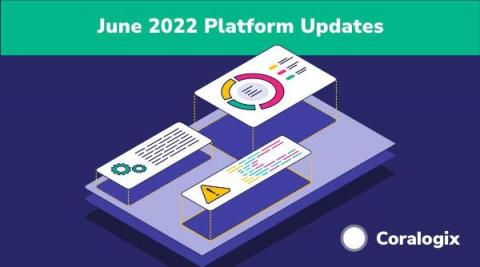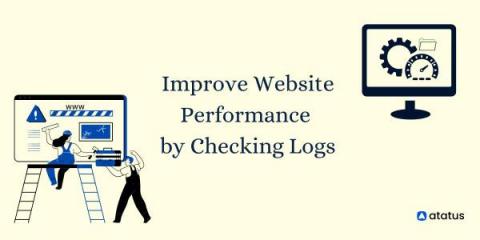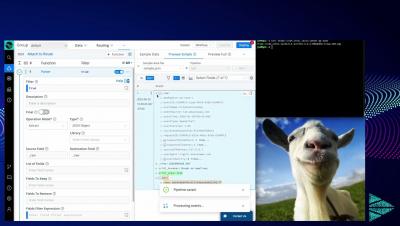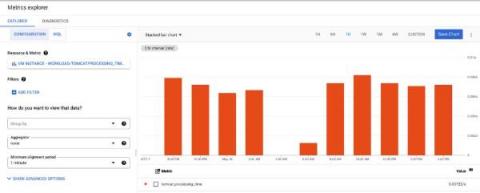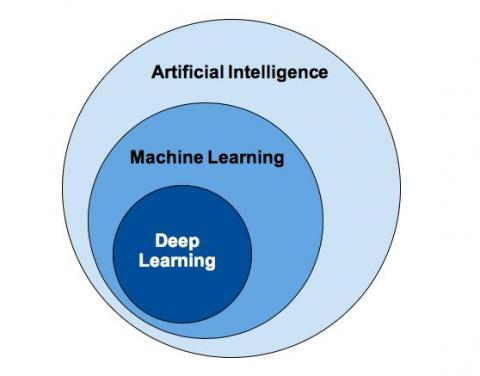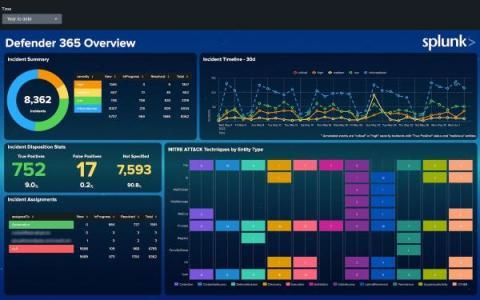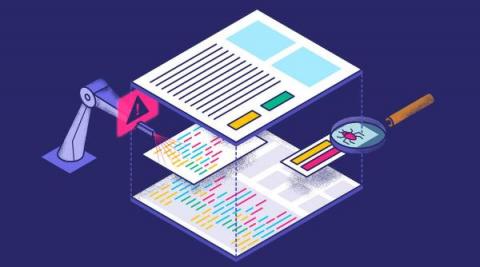Cribl.Cloud Summer 2022 Release Helps You Be Even More Proud of Your Cloud
Cribl.Cloud’s Summer 2022 release is now available in an AWS cloud near you! As part of this release, we are excited to share the features we have been building, including the latest Cribl product releases (Stream 3.5 and Edge 3.5). This release brings some much-requested features that will help customers increase their compliance, reduce overall costs, and deploy a more resilient observability data pipeline.




